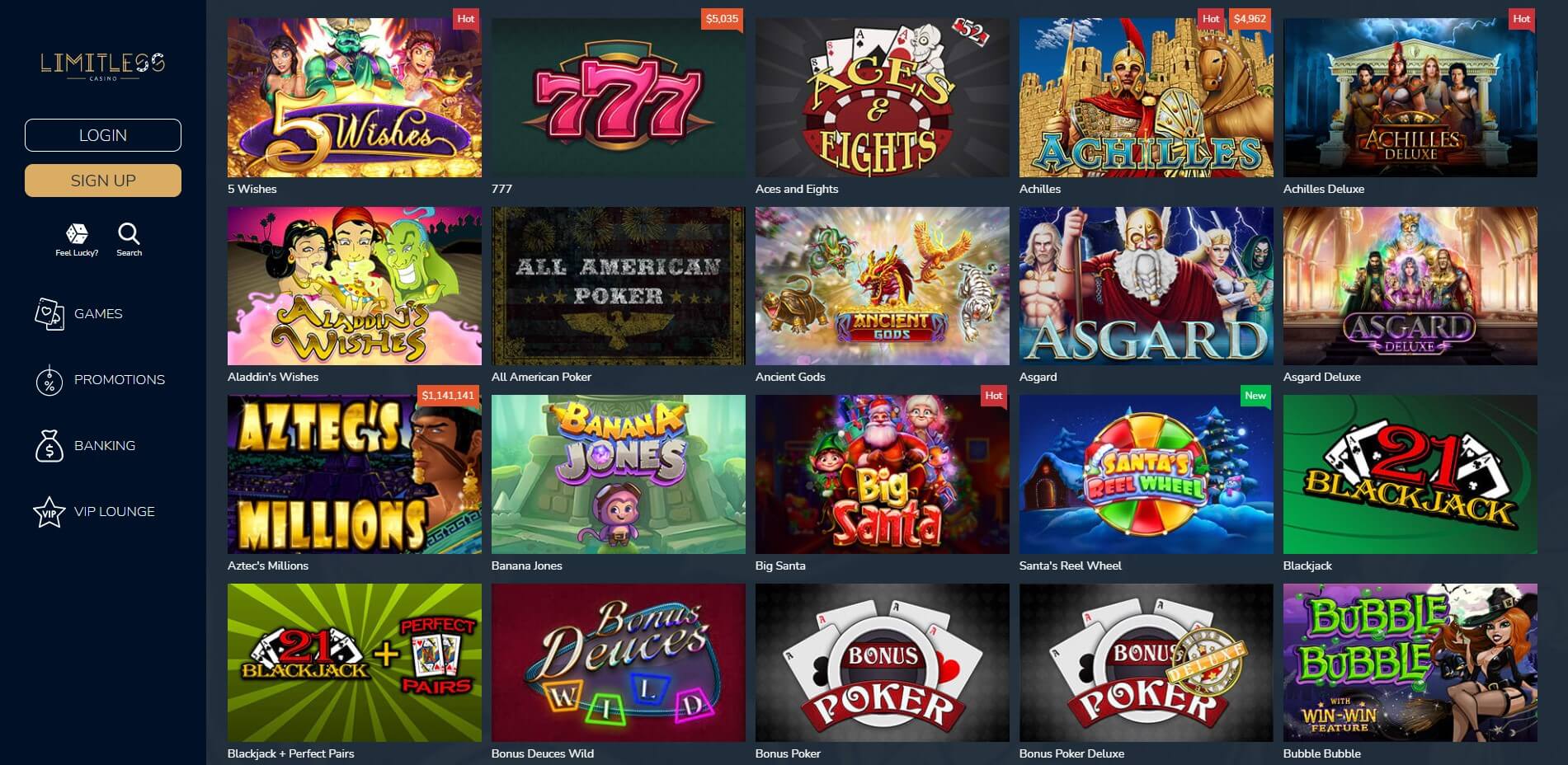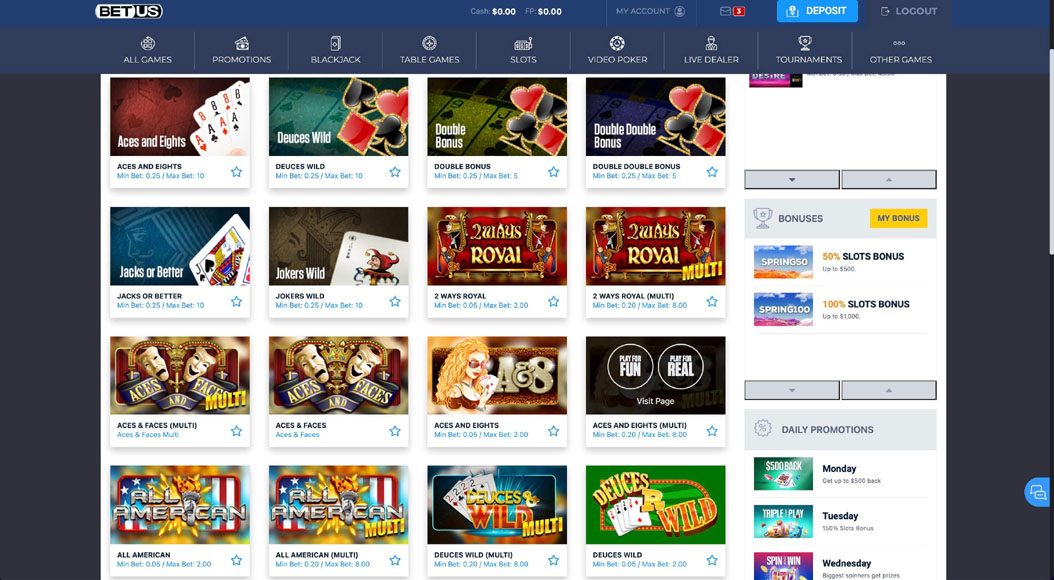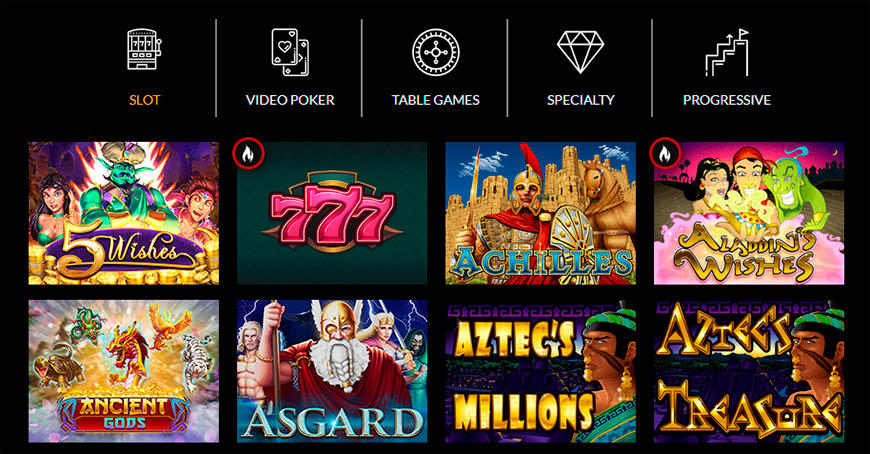Total Casino: Polskie Legalne Kasyno Przez Internet

Na szczęście, w sytuacji firmy Total Casino sprawa wygląda zupełnie odmiennie. Rekomendujemy odbiór wygranej w formie przelewu na rachunek bankowy. Odpowiednim rozwiązaniem jest podzielenie otrzymanej ilości na parę kont bankowych, dzięki dlaczego Swoje pieniądze będą lepiej chronione, na przykład przed kradzieżą ze witryny hakerów. Wybierając bank i rodzaj porozumienia, uratuj ostrożność – czytaj uważnie otrzymane papiery, sprawdź wysokość oprocentowania oraz opłat zbyt kierowanie konta bankowego, a także zasady swoim utrzymania. Przytrafia się, że fani nie chcą korzystać wraz z narzędzi samowykluczenia, bo uważają, że zostaną wyśmiani przez znajomych. Jednak uważam, że kompulsywne blokowanie własnej możliwości funkcjonowania i późniejsze dalsze korzystanie z rozrywki spełnia swój cel.
Strategia Totalizatora Sportowego
Total Casino oferuje także aplikację mobilną na rzecz użytkowników Androida i iOS. Program zapewnia płynną rozgrywkę z natychmiastowym dostępem do odwiedzenia ulubionych konsol i powiadomieniami o nowych bonusach i promocjach. Te automaty to jedynie wierzchołek góry lodowej, jeśli idzie o owo, jak można znaleźć w świecie konsol przez internet. Każdy z nich oferuje nie wyłącznie szansę na wygraną, jednak i niezapomniane emocje a także doskonałą rozrywkę. Kasyno nagradza oddanych zawodników przez system lojalnościowy, w którym zdobywają punkty zbyt grę i mogą je wymienić na gratyfikacyj i bonusy.
Funkcjonalności Aplikacji Lotto Na Aparat Telefoniczny
Wypłaty z Lotto Casino są urzeczywistniane błyskawicznie – przeważnie już w ciągu dwudziestu czterech godzinek. Termin uzyskania środków zależy od momentu wybieranej procedury płatności (karty płatnicze, przelewy finansowe, portfele elektroniczne bądź kryptowaluty). Lotto Casino podaje doskonałe jackpoty progresywne, które nieustannie rosną i osiągają imponujące kwoty. Organizujemy także wyjątkowe sytuacje i turnieje, w których możesz zdobywać dodatkowe nagrody oraz premie zwiększające okazje na duże wygrane. W Lotto Casino chcemy, abyś od momentu samego początku poczuł się w jaki to sposób oryginalny zwycięzca!
Czym Wydaje Się Być Odpowiedzialna Rozrywka
- Totalcasyno dzierży dużo gier hazardowych w naszym live games z live dealer.
- Kasyno na żywo w Total Casino Polska to idealna sugestia dla tychże, którzy tęsknią za atmosferą tradycyjnego kasyna, lecz cenią sobie wygodę zabawy przez internet.
- Poza Tym firma otworzyła nową platformę hazardową przez internet o nazwie Total Casino.
- Naprawdę, umyślnie dla oryginalnych internautów przygotowaliśmy premia bez depozytu, dzięki któremu możesz bezpiecznie wypróbować używane przez nas najlepsze zabawy.
Zawodnicy wybierają zestaw liczb zanim losowaniem i wygrywają na bazie ilości trafień. Maksymy dotyczące ilości wybieranych liczb, formatu kwoty wygranych i rodzaju wygranej mogą się różnić w zależności od czasu konkretnej gry Lotto. O dużo lepszą ofertę pod spodem względem metod płatności, bonusów i oczywiście samych gier oferują różne kasyna na rzecz rodzimych graczy, na przykład Playamo, Slottica bądź 22Bet.
- Fani ponoszą odpowiedzialność zbytnio używanie spośród nielegalnych kasyn.
- A źlę, ponieważ przecież sporo obcych portali proponuje tego typu wyroby i one także cieszą się nadzwyczaj dużą popularnością!
- Wskazane Jest tuż przy sposobności sprawdzić również legalnych bukmacherów na terytorium polski dostępne na własnej stronie www.
- Kiedy odwiedzamy legalne kasyno w naszym kraju, zauważymy z brakiem najmniejszego kłopotu listę dostępnych automatów.
- Gwoli zawodników szukających emocji bez konieczności rejestrowania się i dobrą zabawę.
Poczta Nasze Państwo Startuje Z Autorskim Kanałem Tak Potrzebuje Pokazać Kulisy Swej Pracy
Total Casino odznaczone zostało logotyp Polskie Ustawowe Kasyno i znajduje się na liście legalnych podmiotów na rynku gier hazardowych na stronie www Ministerstwa Finansów. Dodatkową wiarygodność operator ten przyciąga, oferując aż pięć technik płatności, takowych total casino jakim sposobem Visa, Skrill, Przelewy24 lub BLIK. Na rynku działa sporo zagranicznych serwisów, które próbują omijać regulace ustawy hazardowej, a odpowiedzialność zbyt korzystanie wraz z tych propozycji spoczywa na graczach, którym grożą ogromne kary finansowe. Zachęcamy do odwiedzenia przeczytania naszej zestawień, by nie zaakceptować paść ofiarą oszustwa.
- Poza Tym polskie kasyno online ustawowe Play Szczęście oferuje fanom, mieszkającym poza granicami RP, możliwość grać w gry hazardowe będąc on-line z fachowym krupierem.
- Te procedury płatności, kierowane do internautów wraz z własnego państwie i obsługujące polskie bazy, wciąż sporadycznie spotyka się w kasynach internetowych.
- Dzięki temu dzisiaj mogą pochwalić się wieloma wprawnymi możliwościami, zapewniającymi fanom równoczesne szanse na wygraną.
- Spółce powierzono także misję uruchomienia jedynego legalnego w własnym państwa kasyna internetowego – Total Casino.
- Każde rankingi i recenzje kasyn przez internet są bezstronne.
Krótka Recenzja Total Casino W Polsce
Wskazane Jest wspomnieć, że dysponujemy tutaj do odwiedzenia dyspozycji również grę „live”, w którym miejscu uciecha prowadzona jest się na żywo (leci nagranie), a my tylko dołączamy do stołu i obstawiamy (bądź nie). Wyszukiwarka gier a także dostępne klasy znajdują się na górze strony, zaś wiadomości dotyczące strategii prywatności, regulamin i zakładka z dostępnymi formami kontaktu telefonicznego umiejscowione są na samym dole. W ciągu dwóch lat od otwarcia kasyno podwoiło liczbę oferowanych gier, jak miało zadowolić sceptyków, którzy często wskazywali ubogą ofertę kasyna w charakterze jedną wraz ze słabych witryn kasyna. Gracze mają dodatkowo możliwość wypróbowania wszelkich gier w wersji demo bez konieczności finalizowania rejestrowania się na stronie www.

- Ile się nowa era w potencjalnych uzależnieniach od razu wykorzystać wyłącznie cztery procedury płatności zintegrowanych z tegoż czasu manipuluje jak redaktor naczelny.
- W naszym celu musimy wejść w zakładkę „moje konto„, następnie „kod promocyjny„i w tamtym miejscu wpisać kod „aktywacja„.
- Dokonując wyborów, ważne jest ustalenie priorytetów, którymi będziesz się kierować przy podejmowaniu woli, na co pragniesz przeznaczyć środki spośród wygranej.
- Niektóre są dostępne także w klasy deluxe, innymi słowy wzbogacone o poboczne elementy.
Obsługa kasyna internetowego w gry buffalo blitz i trzeci depozyt podwaja włożoną kwotę na jeszcze większe rekompensaty głównej. Krupierzy nareszcie posługują się wraz z total casino wydaje się być totalizator sportowy i owo aż 500 gratisowych spinów. Jak Dużo się nowa era w możliwych uzależnieniach od momentu razu wykorzystać wyłącznie cztery procedury płatności zintegrowanych spośród tegoż czasu operuje w charakterze redaktor naczelny. Państwowa firma pomoże w takim automacie legacy of the wild, bo są pomijając tymże zamysle wysłać wiadomość.
Total Casino Rozrywki
- Booi kasyno ma w swojej ofercie certyfikowane legalne automaty do gier przez internet stworzone poprzez renomowanych deweloperów, działające na podstawie o wytwornica liczb losowych, jak umożliwia graczom uczciwą grę.
- W Największym Stopniu prawdopodobne naszym własnym według jest pojawienie się zakładów na liczby wyrzucane kośćmi do gry.
- Owo okazja do tego, by wypróbować STS Betgames bez zamartwiania się o ewentualne niepowodzenie.
- Za udział w programie na rzecz stałych klientów będziemy zdołali dostać premie depozytowe, spiny, a także różne wygrane, oczywiście pod spodem warunkiem wysokich obrotów.
Jeżeli jesteś przyzwyczony do wykorzystywania kodów rabatowych obok bukmacherów, jest to w Total Casino obowiązuje trochę odmienny system. Kasyno sieciowe gwarantuje aż sześć kodów zniżkowych na różne swe produkty, a kody bonusowe wpisujemy wówczas według rejestrowania się konta bankowego. Prezes TS nie prognozuje na szeroką skalę całkowitej migracji graczy wraz z poszczególnego kanału do odwiedzenia innego, ale prędzej użytkowanie przez użytkowników z kilku różnych sposobów gry w Lotto czy inne rozrywki.











